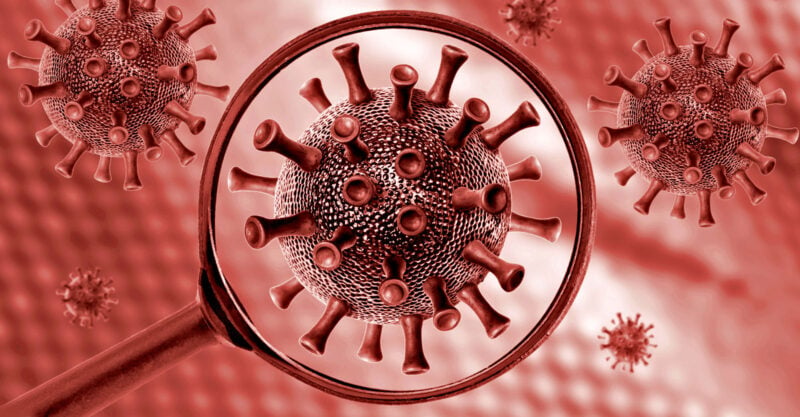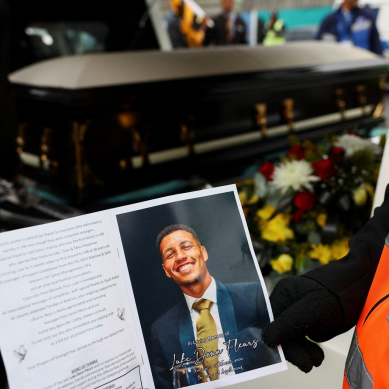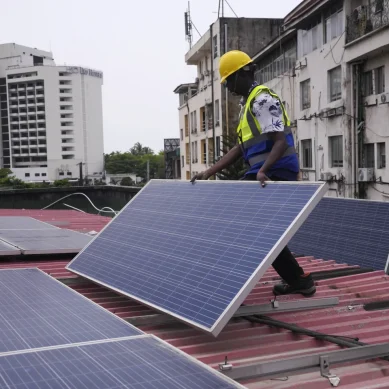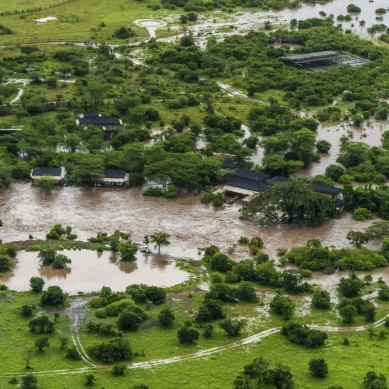
Virologists who worked to squelch consideration of a lab origin of Covid-19 in early 2020 worked in tandem with leaders in scientific research funding, according to their private emails.
Leaders of the National Institutes of Health (NIH) in the US and the Wellcome Trust in the UK played an undisclosed role in persuading virologists to write an influential article asserting a natural origin of SARS-CoV-2, according to a memo released Sunday by investigators with the Select Subcommittee on the Coronavirus Pandemic.
By mid-February 2020, social media sites in the West and in China buzzed with speculation about a possible connection between the emerging novel coronavirus pandemic and labs specialising in coronaviruses at its epicenter.
The “lab leak theory” cast suspicion not only on the Wuhan Institute of Virology (WIV) and its neighbouring labs but also on their esteemed funders and collaborators in the West.
A March 2020 paper in Nature Medicine titled “The proximal origin of SARS-CoV-2” assured the public that the virus’ genome demonstrated an origin in wildlife. Hundreds of news organisations cited the article to assert that the lab leak theory was a “conspiracy theory.”
But the new congressional memo shows that the lead author of the article told the scientific journal that the writing had been “prompted” by then-Wellcome Trust Director Jeremy Farrar, leader of NIH’s National Institute of Allergy and Infectious Diseases (NIAID) Anthony Fauci and NIH Director Francis Collins.
The virologists met with Farrar, Fauci and Collins in a private teleconference on February 1, 2020, emails released under the Freedom of Information Act (FOIA) have shown – a meeting some scientists have criticised as improper.
“There has been a lot of speculation, fear mongering and conspiracies put forward in this space,” acknowledged lead author Kristian Andersen in a February 12 email, according to the new memo.
“Prompted by Jeremy Farrah [sic], Tony Fauci and Francis Collins, Eddie Holmes, Andrew Rambaut, Bob Garry, Ian Lipkin and myself have been working through much of the (primarily) genetic data to provide agnostic and scientifically informed hypothesis around the origin of the virus,” continued Andersen, a virologist with Scripps Research.
The involvement of heavyweights in scientific funding in the article was not disclosed to the public. NIH funded gain-of-function research in Wuhan that strengthened SARS-related viruses, an NIH letter confirmed in 2021.
Emails exchanged by Collins and Fauci and a private meeting between Fauci and a gain-of-function virologist in February 2020 suggest they were concerned about this connection in the days prior to the article being drafted.
While Wellcome is among the world’s largest philanthropies, a link between Wellcome and the lab complex in Wuhan has not been established. A spokesperson for Wellcome did not respond to a request for comment.
Farrar – recently appointed chief scientist of the World Health Organization – shepherded the paper and made small edits to the article, the new congressional memo shows.
Farrar asked Andersen to change the sentence “it is unlikely that SARS-CoV-2 emerged through laboratory manipulation of an existing SARS-related coronavirus.” He suggested changing “unlikely” to “improbable.” Andersen agreed.
Farrar said he would push Nature to publish the article. Its sister publication Nature Medicine would eventually publish the manuscript a few weeks later. Parent company Springer Nature did not immediately respond to a request for comment.
The involvement of Collins, Fauci and Farrar in the article was not disclosed until it was made apparent in a FOIA lawsuit in June 2021, 15 months after the article had first made its enormous impact. The virologists have given shifting explanations of the article’s purpose, the new memo also shows.
When hoping to demonstrate their integrity to the journal, Andersen said discussion of the evidence had been “agnostic.”
However, when speaking to gain-of-function virologists who did not want to give credence to the possibility of a lab origin, the authors assured them that their purpose was to demonstrate the lab leak theory was outlandish from the jump.
“Our main work over the past couple of weeks has been to disprove any type of lab theory,” Andersen wrote in an email on February 8, 2020. NIH’s office of the director, NIAID and the Wellcome Trust did not immediately respond to requests for comment.
“The SARS-CoV-2 sequence was released in mid-January 2022 and by February scientists were trying to tell us where it came from. Actually, where it didn’t come from. That was premature by any call,” said virologist Simon Wain Hobson, an emeritus professor at the Institut Pasteur, who was not involved in the article. “Arguments of authority don’t wash. Data counts. Science needs time.”
The virologists’ article was cited by Fauci and the mainstream media to push back on claims that SARS-CoV-2 was a bioweapon among hawkish politicians in the US. But the new congressional memo also shows that the virologists were motivated at least in part by concerns about the discussion of the possibility among regular Chinese citizens.
- A Tell / The Defender report / This article was originally published by US Right to Know











